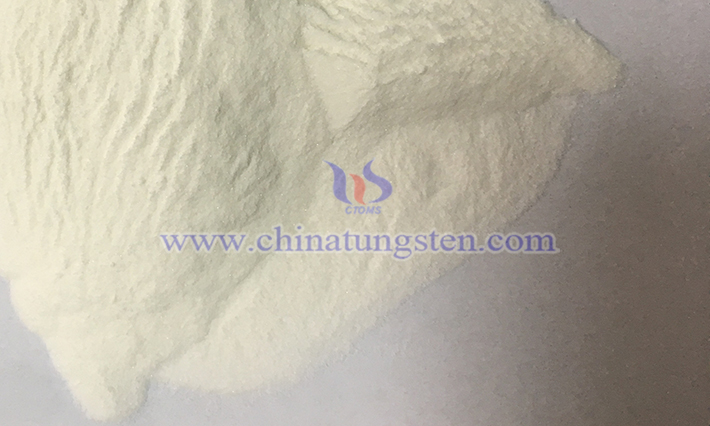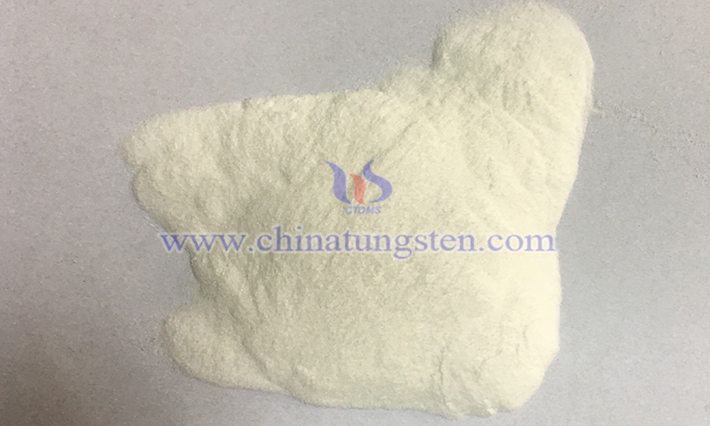What Are the Purification Methods of Ammonium Metatungstate?
- Details
- Category: Tungsten Information
- Published on Wednesday, 28 May 2025 16:07
- Written by Xiaoting
- Hits: 225
The purity of Ammonium Metatungstate is typically categorized based on the application scenario:
Industrial Grade: Approximately 98% to 99%, allowing trace amounts of sodium, iron, and other metal ions, and moisture. Suitable for general catalysts or ceramic raw materials.
Reagent Grade: Purity greater than 99.5%, with lower impurity content, ideal for laboratory synthesis and analysis.
Electronic Grade: Over 99.9%, with strict control over alkali metals like sodium and potassium, as well as heavy metals. Meets the high-end demands of semiconductor films, precision coatings, and other advanced applications.
Purification methods for AMT include recrystallization, solvent extraction, ion exchange, and membrane separation.

Recrystallization Method:
Principle: This method takes advantage of the significant change in the solubility of AMT in water with temperature variations. Impurities are removed through the dissolution and crystallization process.
Process: Dissolve the crude product in hot water, filter out insoluble impurities while hot, and then cool the solution to induce crystallization. The crystals are collected by centrifugation or filtration. Repeating this process 2-3 times can improve purity.
Solvent Extraction Method:
Principle: This method uses organic extractants that selectively complex with tungsten oxide cluster anions, transferring AMT from the aqueous phase to the organic phase, effectively separating metal ions and other impurities.
Process: Adjust the pH of the aqueous solution to acidic, add the extractant, shake and let it settle. The organic phase is then back-extracted to recover AMT, followed by evaporation and crystallization for purification.

Ion Exchange Method:
Principle: Metal ions are removed from the solution using cation exchange resins, or tungsten oxide cluster anions are adsorbed by anion exchange resins, separating soluble impurities.
Process: Pass the crude solution through a cation exchange column to trap metal cations. Then adjust the pH by adding ammonia water, followed by evaporation, concentration, and crystallization to obtain the purified product.
Membrane Separation Method:
Principle: This method utilizes nanofiltration or reverse osmosis membranes with specific pore sizes to separate small molecular impurities while retaining AMT’s polyacid clusters.
Advantages: Mild operating conditions and no need for chemical reagents, making it suitable for high-purity requirements (e.g., electronic-grade products).
- Chinatungsten Online: ammonium-metatungstate.com
- CTIA GROUP LTD: en.ctia.group
- Tungsten News & Price: www.ctia.com.cn
- Molybdenum News & Price: news.molybdenum.com.cn
- Tel.: 86 592 5129696; Email: sales@chinatungsten.com





 sales@chinatungsten.com
sales@chinatungsten.com